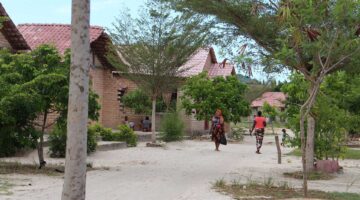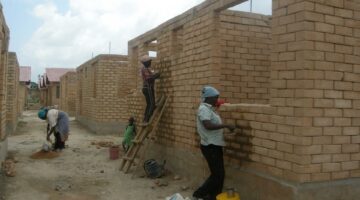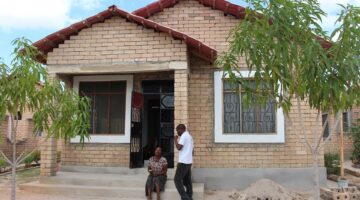


Chamazi Community Housing
Main objectives of the project
When the expansion of Tanzania’s Dar Es Salaam port led to the demolition of the homes of 36,000 individuals, the Chamazi Community Based Housing Scheme rallied displaced communities, civil society organizations, government entities, donors, and the private sector to collaboratively construct new and affordable housing. Currently, a new neighborhood is being developed, displacing informal settlements and presenting an innovative solution for addressing evictions. It serves as a model for transitioning from displacement to cooperative housing, demonstrating a proactive approach to housing challenges.
Date
- 2006: En proceso
Stakeholders
- Promotor: Muungano Housing Cooperatives
- Promotor: Centre for Community Initiative
- Promotor: Tanzanian Urban Poor Fund
- Temeke Municipal Council
- Reall
- Slum Dwellers International (SDI)
- Tanzania's Ministry of Land, Housing, and Human Settlement Development
Location
Country/Region: Dar es Salaam, United Republic of Tanzania
Description
In 2006, the Tanzanian government demolished 7,351 houses in Kurasini to facilitate the expansion of the Dar Es Salaam port, resulting in approximately 36,000 individuals being displaced. Despite the government offering relocation only to homeowners, a significant portion, about 80%, of the affected residents were tenants. In response, the community took proactive measures by securing 30 acres of land for resettlement and pooling together approximately 24 million Tanzanian shillings (equivalent to US$ 24,000) from 300 members to purchase the land. The Tanzania Federation for Urban Poor (TFUP), with support from the Centre for Community Initiative (CCI), played a pivotal role in assisting the dispossessed tenants in utilizing their savings for the land acquisition scheme.
This initiative was made possible through the establishment of the Chamazi Community Based Housing Scheme, also known as Muungano Housing Cooperatives, spearheaded by the affected community’s savings, along with the Tanzanian Urban Poor Fund. Collaboratively, they secured a loan of US$ 100,000 from Slum Dwellers International (SDI) and US$ 40,000 from the UK-based organization Homeless International (Reall) for water and sanitation infrastructure, including a solar-powered water pump for the community borehole, facilitated by the Temeke Municipal Council. Additionally, CCI provided training to the community in construction skills, enabling on-site fabrication of construction materials by community members who actively participated in house building. Other partners contributed expertise and professional guidance in surveying, land acquisition, building planning, and house design. The establishment of the Muungano Housing Cooperative played a crucial role in enhancing community-led land planning, ownership, management, and financial resource mobilization.
The project significantly improved access to water and sanitation facilities, with sewage now being treated using a constructed wetland employing recyclable water technology. One of the primary challenges encountered was the necessity to construct houses for a large number of people within limited land space. Through collaborative efforts with various stakeholders, the scheme successfully influenced the Temeke Municipal Council and the Ministry of Land, Housing, and Human Settlement Development to reduce plot sizes from a minimum of 400 square meters to 150 square meters. This reduction in plot sizes is essential for enhancing decentralized infrastructure services such as water supply and sewerage systems.
Another major issue has been the end of the funds. Many families, thus, are now in possession of a land but without the capability to build new homes. However, the community has lowered the price of the construction by using recycle materials. For example, they are building its community center with plastic bottles instead of bricks. An innovative approach used in other affordable housing buildings. They are testing it in the new community center under-construction. Thus, the community center building will function as a pilot project and learning platform for new affordable building techniques. One of these is the already mentioned bottle wall technique, where re-used water bottles are filled with sand and stacked like bricks for a load bearing wall structure.
The Chamazi Community Based Housing Scheme is an example of how dispossessed people can form a community, build affordable housing, generate new neighborhoods and propose a new governance scheme to tackle the housing crisis they live in.

